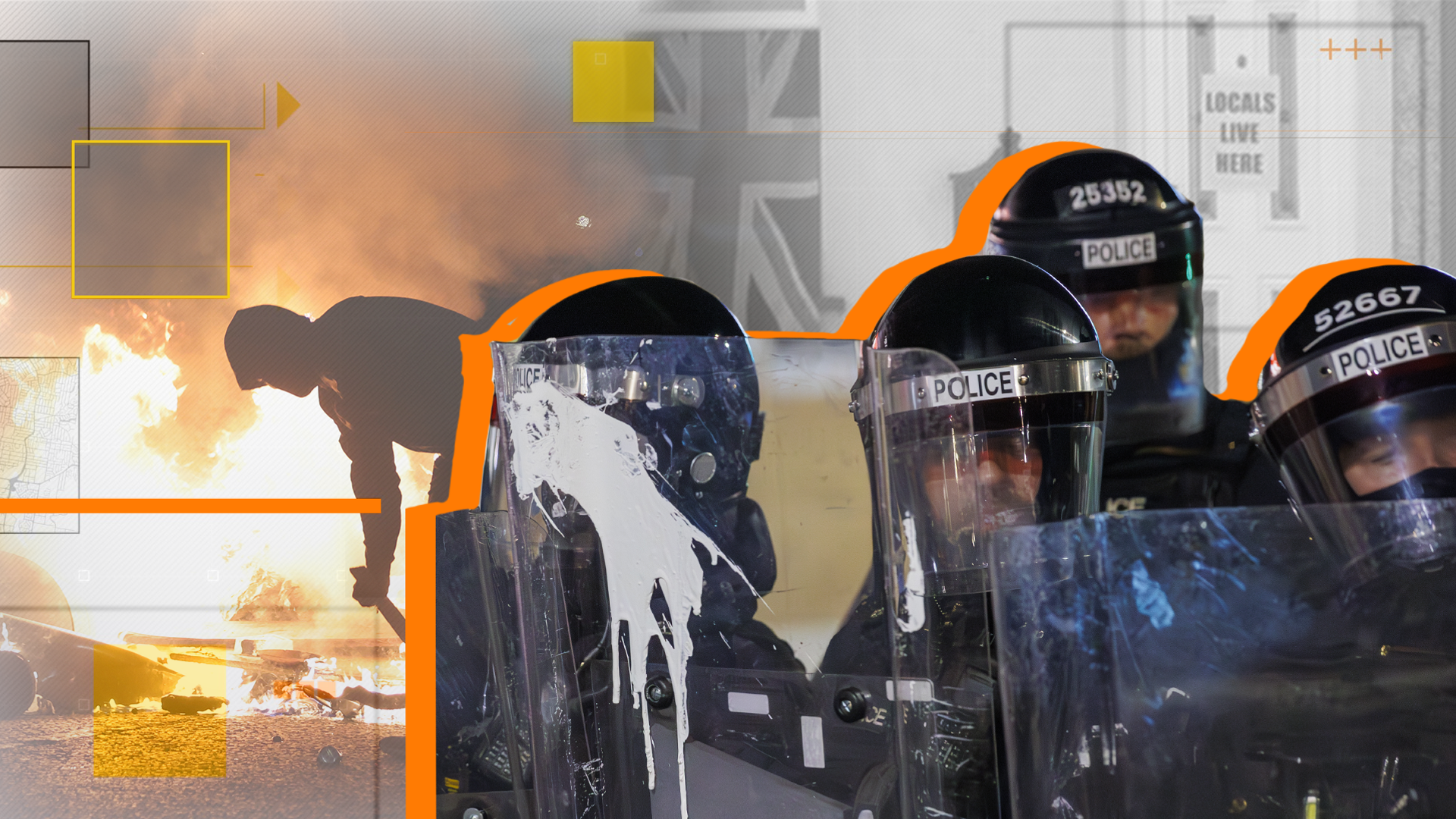Top Technical Challenges in Crafting Dubai Luxury Tower Models
Dubai is home to some of the world’s most ambitious architectural designs. Luxury towers in the city are known for their bold shapes, fine detailing, and futuristic elements.

Dubai is home to some of the world’s most ambitious architectural designs. Luxury towers in the city are known for their bold shapes, fine detailing, and futuristic elements. Creating scale models of these towers is a complex task. These models serve many purposes, including project approvals, investor presentations, real estate expos, and sales showrooms.
They must be flawless, realistic, and highly detailed. But crafting high-detail architectural scale models Dubai for luxury towers presents several technical challenges. These challenges require expert planning, skilled craftsmanship, and advanced tools. This article explores the key technical difficulties faced during the process.
Replicating Complex Architectural Forms
Luxury towers in Dubai often feature unique designs. Many buildings use curves, spirals, sharp angles, and asymmetrical layouts. These elements are difficult to replicate at a small scale. Standard model-making tools may not be enough.
Technicians need custom CNC machines, laser cutters, and 3D printers to create precise shapes. These tools must work with tight tolerances. Any small mistake in alignment or proportion can throw off the whole model. Designers must also simplify complex shapes without losing their character. This requires a deep understanding of architecture and scale.
Achieving High Levels of Detail
High-detail architectural models demand fine craftsmanship. These models must show tiny features like window frames, balcony rails, rooftop equipment, and entrance lighting. Each part must be cut, assembled, and painted with care.
The challenge is to do this consistently across a large structure. Some luxury towers have dozens of floors and thousands of small elements. Repeating the same detail at a miniature scale takes time, patience, and accuracy. Every piece must be proportional and consistent, or the model will appear uneven and unprofessional.
Material Selection and Compatibility
Another challenge lies in choosing the right materials. Different parts of the model need different materials based on strength, flexibility, and appearance. Acrylic, ABS plastic, wood, metal, and resin are commonly used.
But these materials react differently to cutting, gluing, painting, and lighting. Some may warp or crack over time. Others may not hold paint well or may interfere with lighting effects. Model makers must test materials for compatibility. They also need to make sure the materials are safe for indoor use and durable enough for transport and display.
Integrating Lighting Systems
Luxury towers in Dubai are known for their dramatic lighting. Architectural scale models Dubai must replicate this feature using miniature lights. This includes interior lighting, exterior spotlights, landscape lighting, and sometimes animated effects. Wiring these systems into a small-scale model is a major challenge.
The wiring must be hidden to maintain realism. Power supplies must be small yet strong enough to run all components. Lighting systems must be easy to access for repair but should not disrupt the model’s look. Heat management is also a concern, as LED systems can overheat in enclosed spaces.
Simulating Transparent and Reflective Surfaces
Many luxury towers in Dubai feature glass façades, reflective pools, and glossy finishes. Recreating these materials at scale is technically demanding. Transparent acrylic or polycarbonate is used for windows and facades, but these can scratch or cloud easily.
Reflective finishes must avoid distortion. Pool and water features must be represented using special resins or films that reflect light realistically. Achieving the right transparency, shine, and reflection requires careful surface treatment and advanced painting or coating techniques.
Ensuring Scale Accuracy
Precision in scale is vital. A small error in measurements can make the entire model inaccurate. Scale modeling involves converting real-world dimensions into exact miniature sizes. This sounds simple but becomes difficult with irregular shapes, sloped roofs, or complex facades.
Accurate scale must also be maintained across all levels of detail—from the full structure down to the smallest lamp post or plant. In luxury tower models, even minor errors are easy to spot and can reduce credibility during presentations.
Meeting Tight Deadlines
Many developers in Dubai work with tight project timelines. They need scale models ready for real estate expos, investor meetings, or showroom openings. Creating a high-detail architectural model takes time, especially when each part is handcrafted or custom-built.
Balancing quality and speed is one of the hardest challenges. Any mistake during the process can result in delays. Model makers must plan each stage carefully and often work with multiple teams to stay on schedule.
Managing Large Model Sizes
Luxury tower models are often large in size to include the building, surroundings, and landscape. Managing the logistics of assembling, storing, and transporting such large models presents its own difficulties.
The model must remain rigid and stable, yet light enough to move. It must also be modular, meaning it can be disassembled and reassembled without damage. Internal supports must be built into the model without affecting its exterior look. These structural elements require engineering knowledge and smart design choices.
Keeping Up with Changing Designs
In Dubai’s real estate sector, building designs can change during development. Architects may update facades, adjust layouts, or add features even after the modeling process begins. This presents a serious challenge for model makers.
They must update the model without restarting from scratch. This requires flexible planning, modular design, and sometimes the ability to reprint or recut sections quickly. Delays or errors in responding to design changes can cost time and money.
Conclusion
Crafting high-detail architectural scale models Dubai for luxury towers involves more than artistic skill. It demands technical expertise, problem-solving ability, and advanced equipment. From replicating bold architectural forms to integrating lighting and achieving flawless detailing, the process is full of challenges. Material selection, scale accuracy, and time pressure all add complexity.
Despite these hurdles, the results are models that bring ambitious visions to life. These models help developers gain approvals, attract investors, and showcase their commitment to quality. In a city like Dubai, where design is everything, overcoming these technical challenges is essential to success.
What's Your Reaction?
 Like
0
Like
0
 Dislike
0
Dislike
0
 Love
0
Love
0
 Funny
0
Funny
0
 Angry
0
Angry
0
 Sad
0
Sad
0
 Wow
0
Wow
0



































